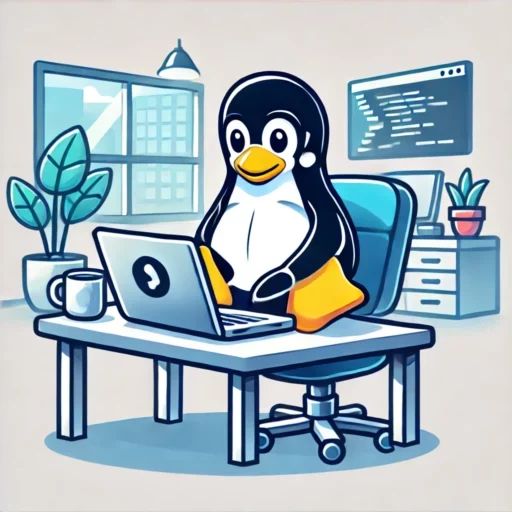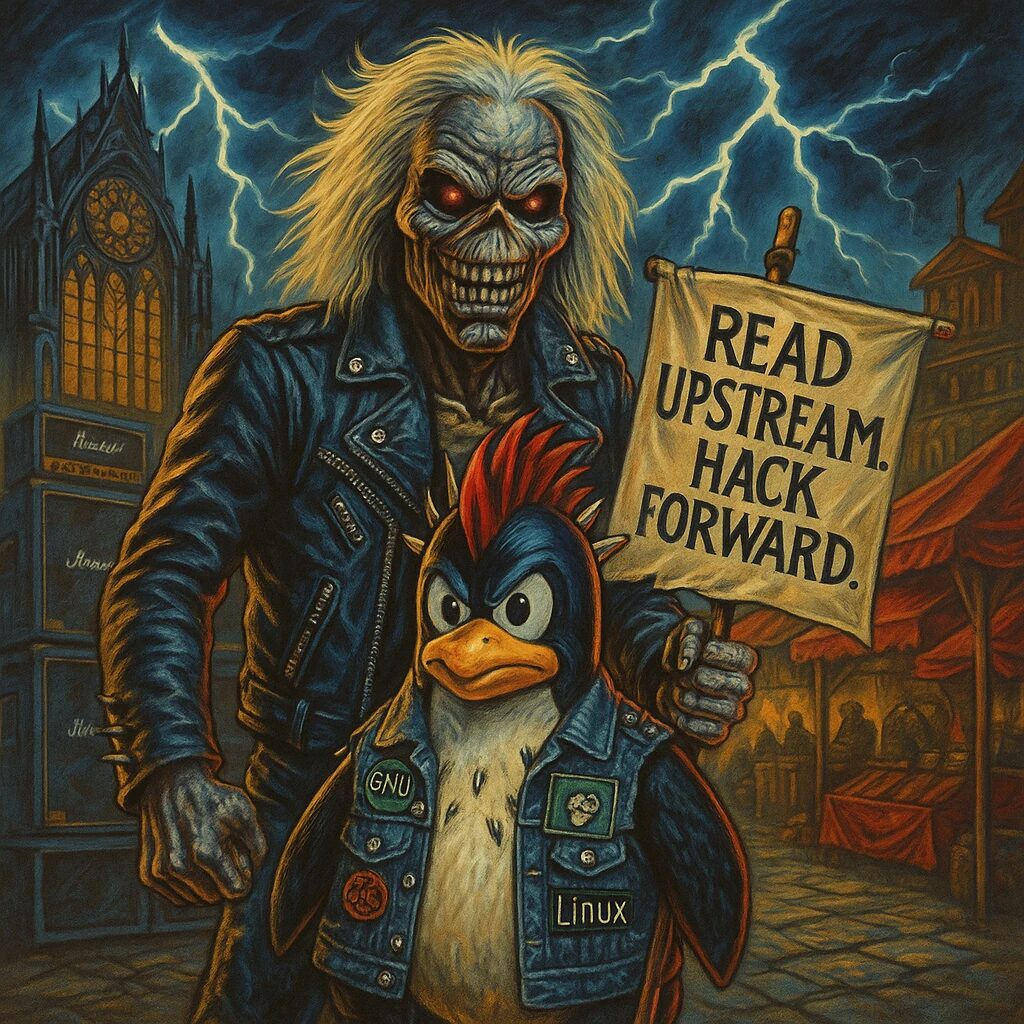Introduction
Running your own World of Warcraft (WoW) private server isn’t just for nostalgic gameplay—it’s a crash course in system administration, game architecture, and network engineering. Whether you’re motivated by curiosity, the desire to learn, or a passion for game development, setting up a WoW private server can expose you to a wealth of technologies and real-world challenges.
1. Understanding Game Server Architecture
World of Warcraft’s infrastructure is divided into multiple services:
- Auth Server (Logon/Realmd): Handles user authentication and realm selection.
- World Server (Mangos/TrinityCore): Manages game logic, NPCs, quests, combat, and world states.
- Database Layer (MySQL/PostgreSQL): Stores all persistent data—accounts, character info, world spawns, quests, and more.
- Client Compatibility Layer: Ensures the game client (usually a specific patch version) can talk to your server.
This setup helps you understand distributed architectures and the separation of concerns between services.
2. Technologies You’ll Encounter
Here are the key technologies you’ll work with:
| Component | Technology |
|---|---|
| Server Core | TrinityCore, Mangos, AzerothCore |
| Database | MySQL or MariaDB |
| Scripting | Lua, SQL |
| Web Interface | PHP, Apache/Nginx (for control panels like FusionCMS) |
| OS & Environment | Debian/Ubuntu, systemd, Docker |
| Networking | NAT, DNS, firewall rules |
| Version Control | Git (forking and managing your core) |
You’ll often compile the game core from source, requiring GCC, CMake, and dependency management with tools like apt or brew.
3. Linux System Administration Skills
Most WoW private servers are hosted on Linux for performance and reliability. Skills you’ll hone:
- Setting up and securing a LAMP stack.
- Managing user permissions.
- Using
iptablesorufwfor firewall configuration. - Scheduling backups and monitoring logs.
- Running services with
systemd.
You’ll also learn how to create isolated environments using Docker or virtual machines, enhancing your DevOps competency.
4. Database Management and Query Optimization
Game data in WoW is immense. You’ll learn:
- Schema design (characters, inventory, spell auras, etc.).
- Writing optimized queries and stored procedures.
- Maintaining data integrity during updates.
- Using diff patches and migration scripts to update your database.
This builds strong SQL proficiency and an understanding of how game data is structured.
5. Reverse Engineering and Client-Server Interactions
Although tools like TrinityCore provide much of the heavy lifting, you’re often required to:
- Understand game packet structures (via tools like Wireshark or sniffers).
- Work with WDB/WDB2 file formats.
- Debug issues using opcode logs and packet dumps.
This demystifies how client-server communications work in real-time multiplayer games.
6. Game Design & Scripting
You’ll get hands-on experience in:
- Creating and modifying quests.
- Customizing NPC behaviors and pathfinding.
- Scripting boss encounters using Lua or C++.
- Balancing stats for items, spells, and dungeons.
This teaches not just programming, but gameplay theory and user experience.
7. Cybersecurity and Anti-Cheat Measures
Running a public-facing game server exposes you to:
- Brute-force protection and rate limiting.
- SQL injection prevention in CMS or login portals.
- Preventing DDoS and bot attacks.
- Deploying CAPTCHA or user behavior tracking systems.
Security awareness is crucial, especially when emulating proprietary software.
8. Web Development and User Portals
Most successful servers have a web interface for registration and account management. You’ll build:
- PHP/MySQL-based registration and vote/donation systems.
- REST APIs to fetch character data or rankings.
- Frontend pages styled with HTML, CSS, and JavaScript.
Optional integrations include Discord bots, in-game item shops, and OAuth support.
9. Project Management and Community Building
A thriving WoW server isn’t just code—it’s community. You’ll learn:
- Bug tracking (e.g., GitHub Issues, Trello).
- Managing contributors and testers.
- Handling version control conflicts.
- Hosting forums and Discord servers for support and engagement.
These are real-world lessons in collaboration, leadership, and communication.
10. Legal and Ethical Considerations
Important: Blizzard strictly prohibits private servers through its EULA. Hosting or promoting them can result in legal action.
Educational or offline use (e.g., running a private server for learning or archival) minimizes risk, but public servers—especially monetized ones—violate copyright law.
Conclusion
Building a World of Warcraft private server is a complex but incredibly rewarding endeavor. It’s a full-stack technical bootcamp that combines networking, Linux administration, SQL, reverse engineering, and web development—all wrapped in the nostalgic package of Azeroth. While legal limitations must be respected, as an educational project it provides unparalleled hands-on learning.


